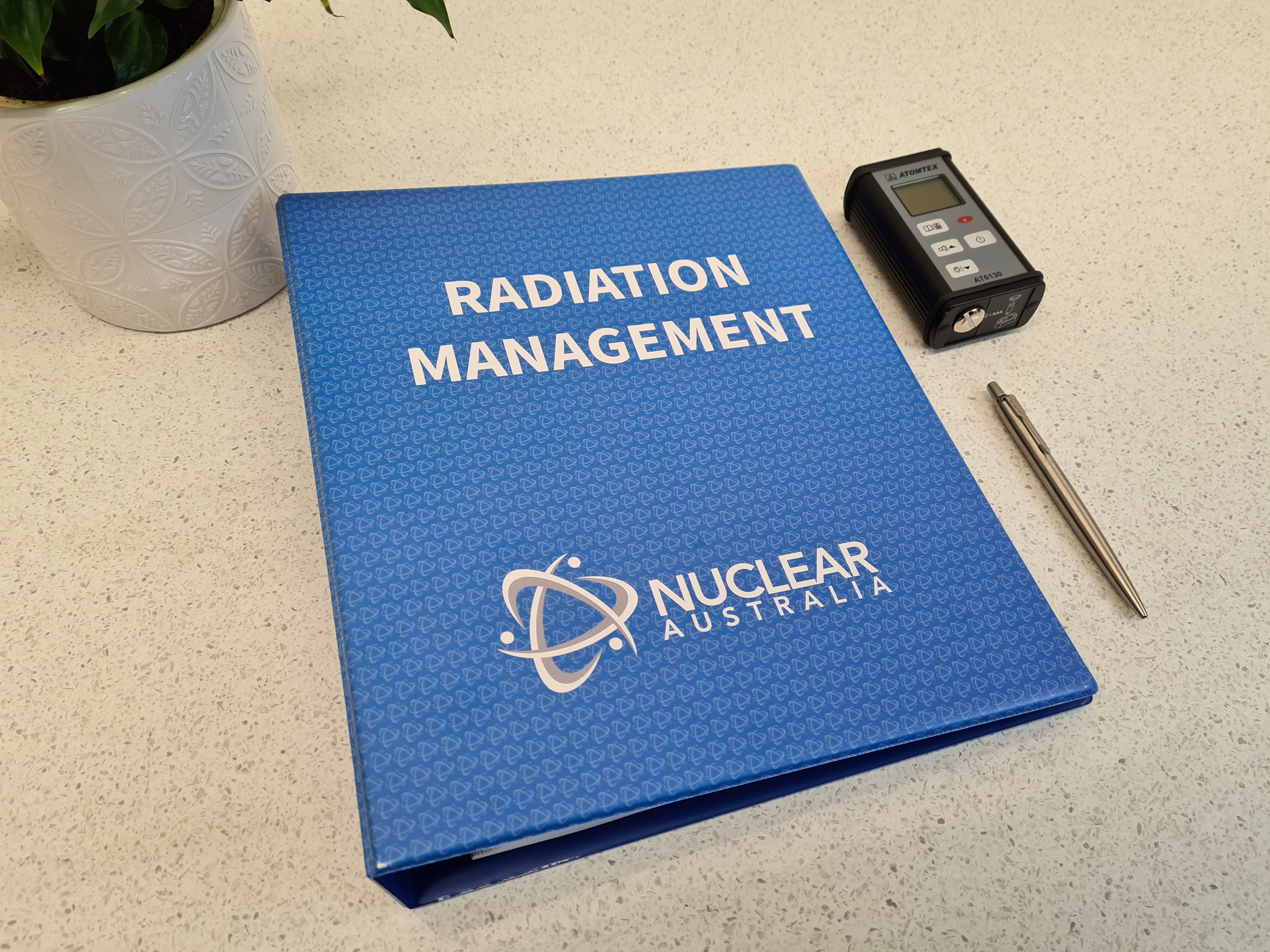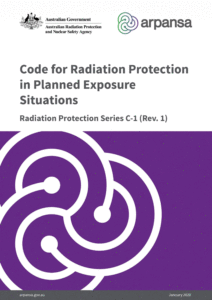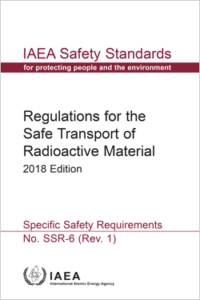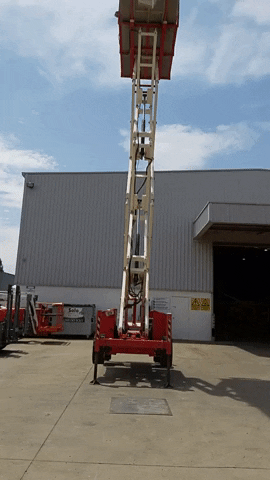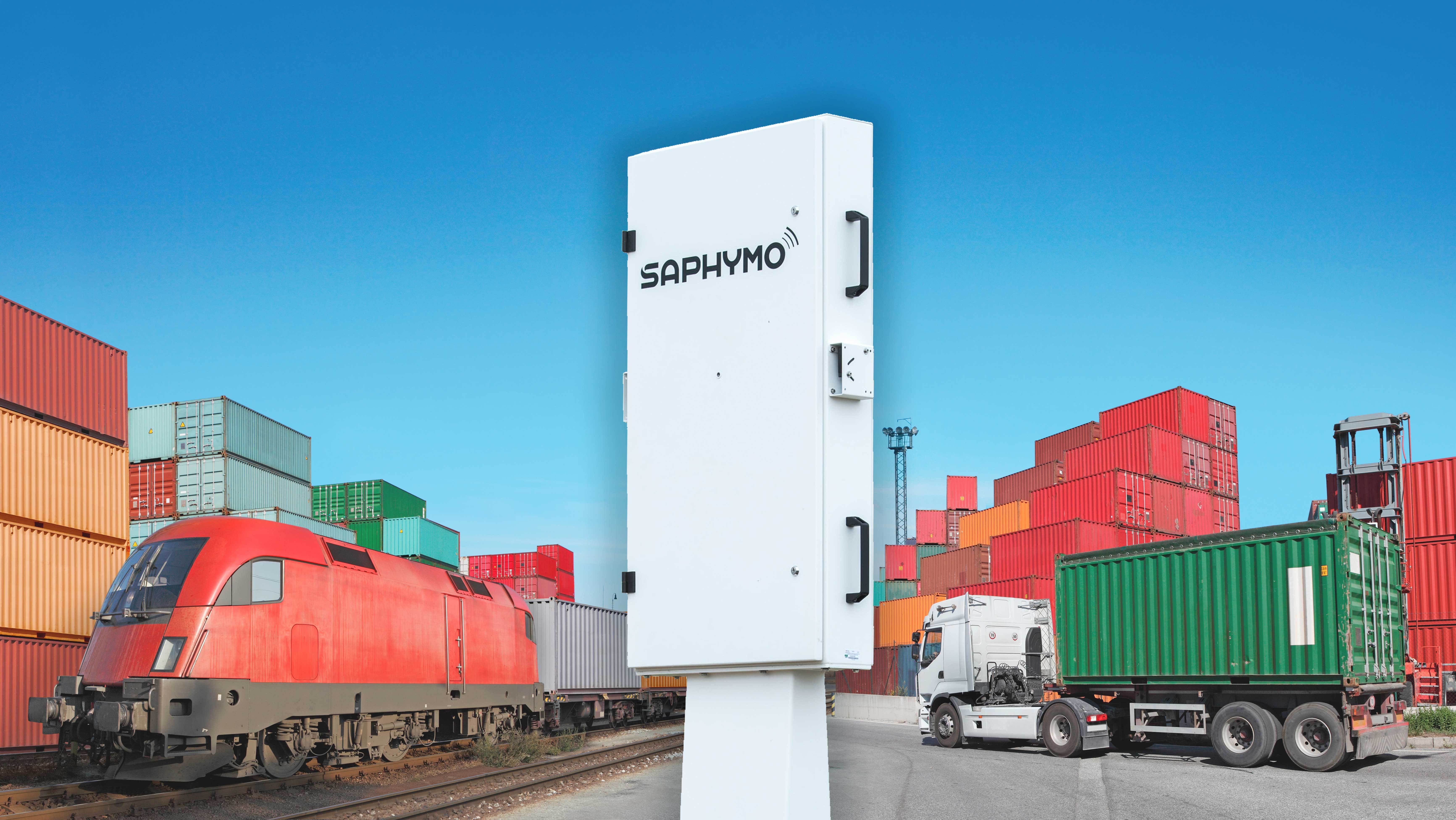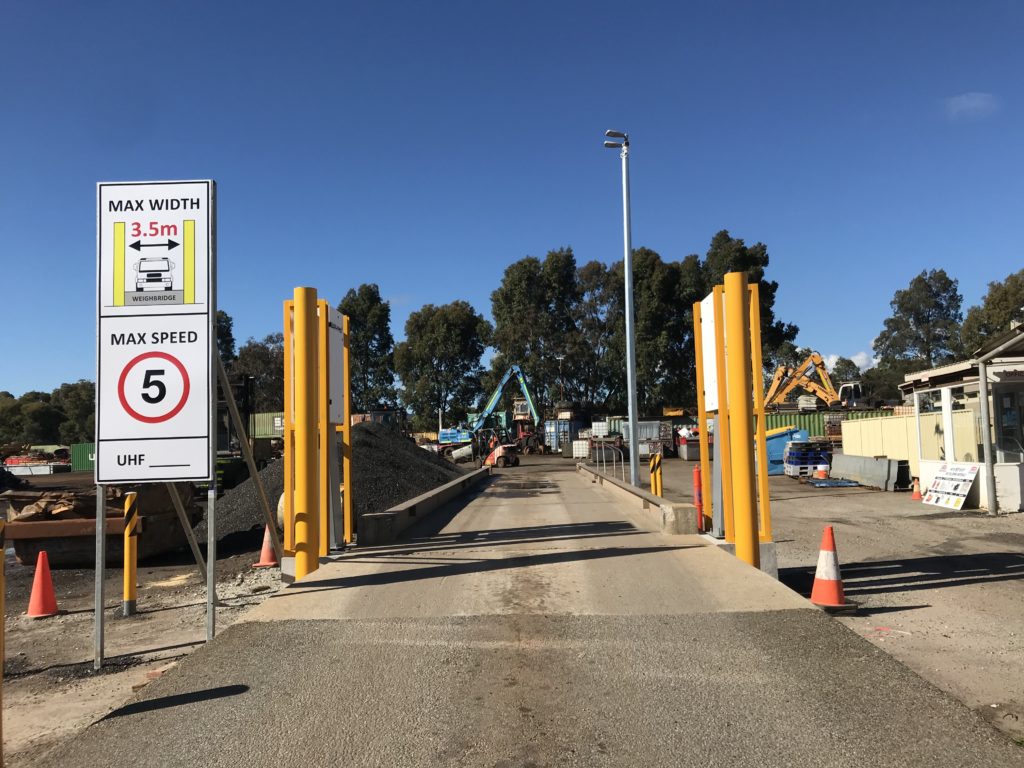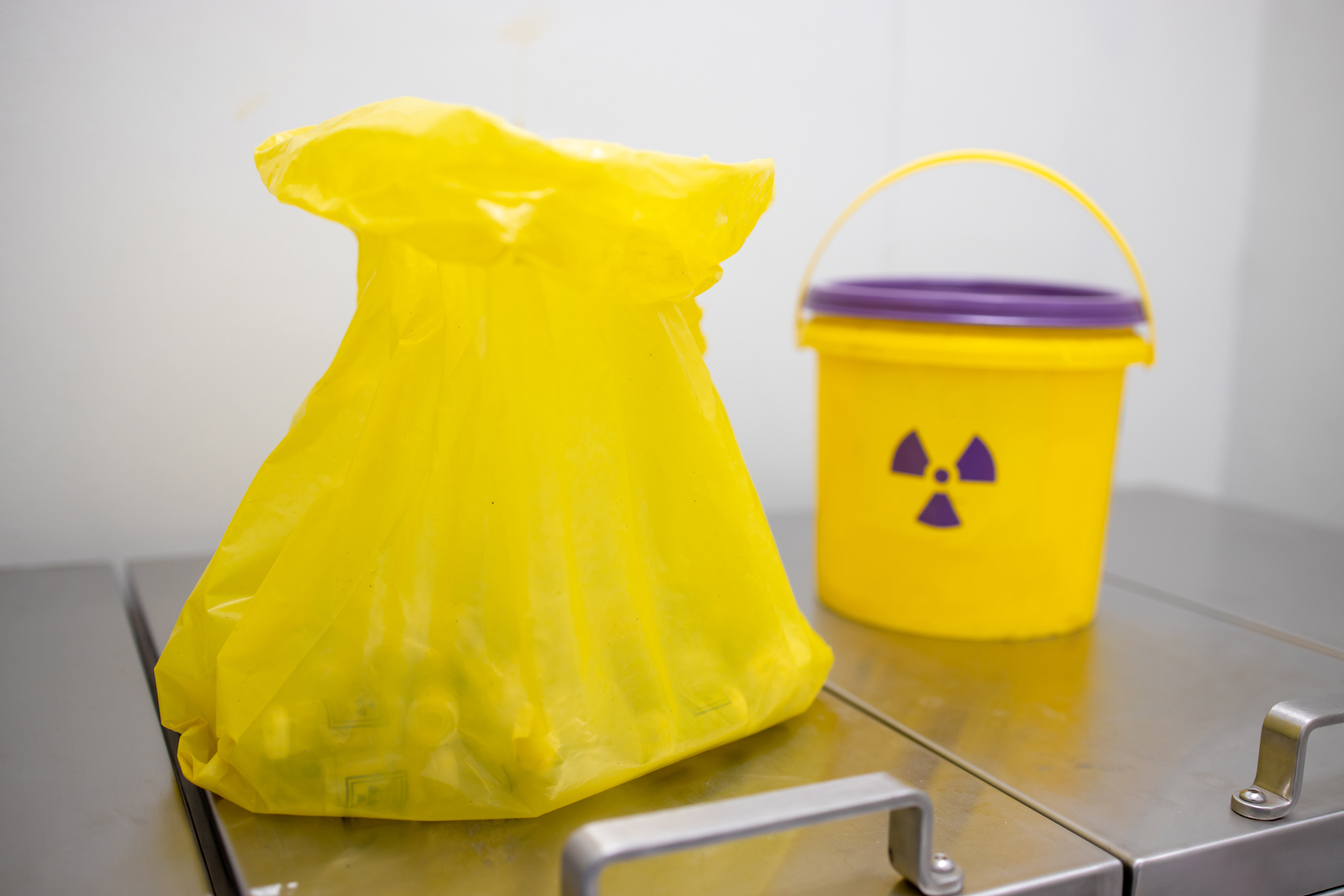
Common National Inventory of Radioactive Waste
What is it?
Last week, radiation license holders in Victoria received correspondence from the Department of Health and the Australian Radioactive Waste Agency regarding completing the Common National Inventory of Radioactive Waste survey. The purpose of this survey is to create a master inventory of all radioactive waste in Australia. The data contained in the inventory will be crucial for the Australian Radioactive Waste Agency to plan how Australia will safely contain and dispose of radioactive waste into the future. This includes local, long-term and permanent disposal sites as well as international disposal, where applicable. Currently, waste is stored on site by the waste generator or local regulators. There are over one hundred storage sites around Australia.
What is the plan for Australia’s radioactive waste?
The Australian Radioactive Waste Agency has announced Napandee, 24 kilometres west of Kimba, South Australia as future home of the National Radioactive Waste Management Facility. Approximately 211 hectares of land has been acquired for the project, which will be a permanent storage facility for low-level radioactive waste and a temporary store for intermediate-level waste. The large site will be the national hub for all radioactive waste. Low-level waste such as contaminated paper, gloves, filters etc. from radio pharmaceutical activities will be contained in specialized containers and buried at the site in concrete bunkers. Intermediate waste such as those produced by ANSTO’s OPAL reactor and radiopharmaceutical production will be temporarily stored at this site in secure buildings until a permanent facility is established for them. This is scheduled to occur in approximately thirty years’ time .
I have sealed sources which are currently in use. Do I need to include them in the national inventory of radioactive waste?
Nuclear Australia have received clarification from the Department of Health that all license holders who possess radioactive sources should complete the survey as although sources in use are not waste, they do represent a future waste which will need to be properly disposed of once used.
Will I be able to dispose of my disused sealed sources in Australia soon?
For a number of reasons, disused sealed sources will still need to be returned to their country of origin for ultimate disposal. These factors include international law on the repatriation of sources, the radio toxicity of the isotopes used in sealed sources and the long half-lives typically seen in sealed source isotopes. If you currently own a disused sealed source and would like assistance with its safe disposal, please see our disposals page.
How do I complete the survey?
The first step to completing the survey is to establish if each of your sealed sources are classified as Short-Lived or Long-Lived sources. Short lived sources will decay to an exempt level within 300 years. Long-lived sources will still be over the exempt limit after 300 years of decay.
For each source, create a new waste stream ID in the appropriate sheet of the template provided by the ARW. Sources can be bundled into a single stream, if identical. However, in most cases a waste stream per source is appropriate. Complete all the columns for each waste stream. If a value is unknown enter ‘TBA’, and in the comments advise when this will be available.
Once each waste stream is complete the Radionuclide Concentration and Activity sheets can be completed referencing each waste stream.
Most data should be available from source certificates provided by the manufacturer of the source, additional data should be calculated based of these values.
If you need assistance completing the survey, Nuclear Australia’s team of experts can assist by completing the survey based on your existing records. Please contact us for assistance.
Get in touch with us at Nuclear Australia for more assistance: +61 3 8770 6565
Published 08/12/2021

